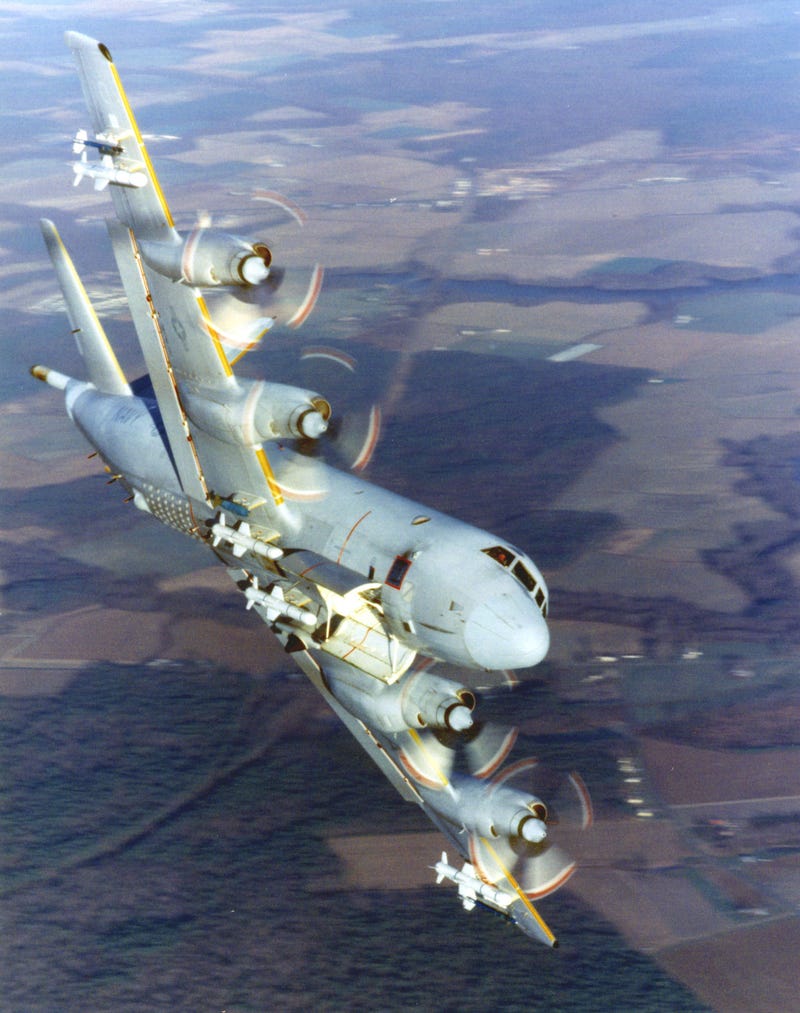- Reaction score
- 11,933
- Points
- 1,160
Loachman - Harvards, Tutors and Hawks are not considered combat viable in Canada (well, to be fair the Tutor isn't combat capable anywhere), but Harvards and Hawks are armed in other Air Forces. And I doubt if the Hawk is much different in price than this Scorpion thingy.
I do not challenge the need to focus on the CF18 replacement - and I support purchasing the F35. But the RCAF, even the fixed wing branch, has other aircraft that need replacing. Don't they?
If there is a price saving to be had in purchasing non-combat capable trainer and the training value is equal then I am all for minimizing that expenditure to maximize the front line effort.
But....
If there is minimal difference in price between a platform on which you can attach weapons and one which you can't, couldn't it be considered?
I do not challenge the need to focus on the CF18 replacement - and I support purchasing the F35. But the RCAF, even the fixed wing branch, has other aircraft that need replacing. Don't they?
If there is a price saving to be had in purchasing non-combat capable trainer and the training value is equal then I am all for minimizing that expenditure to maximize the front line effort.
But....
If there is minimal difference in price between a platform on which you can attach weapons and one which you can't, couldn't it be considered?





